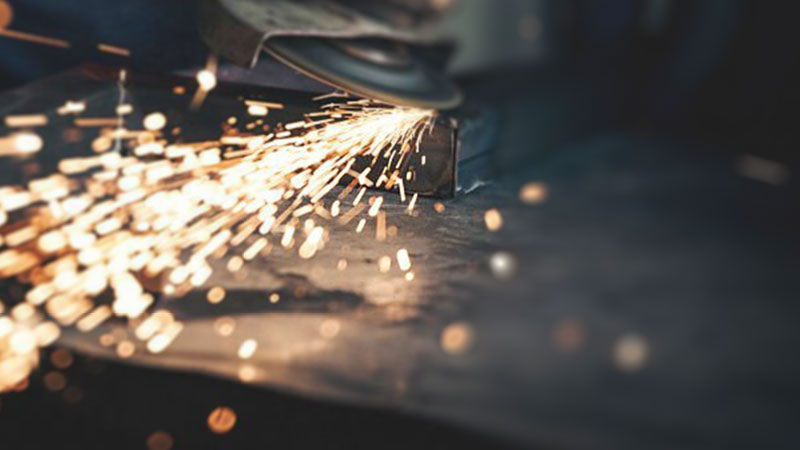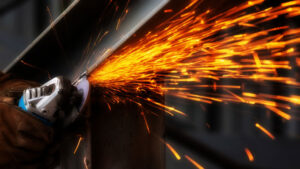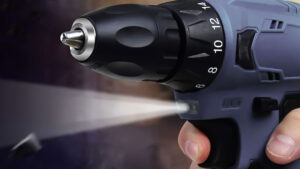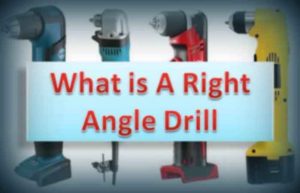One of the most significant advancements in the world of power tools is the introduction of multiple speed settings. The benefits of multiple speed settings in power tools cannot be overstated, as they provide increased versatility and control, allowing users to perform a wider range of tasks with improved precision and efficiency. In this blog post, we will explore the numerous advantages of having multiple speed settings in power tools, examine their applications, and answer some frequently asked questions.
Benefits of multiple speed settings
Enhanced Versatility
Multiple speed settings in power tools enable users to tackle various tasks by adjusting the tool’s speed according to the requirements of the job. This added flexibility makes it easier to work with different materials and perform different operations, such as:
- Drilling holes in various materials, including wood, metal, and plastic
- Cutting through materials of different thicknesses and hardness
- Sanding surfaces with varying degrees of smoothness
Improved Control
The ability to control the speed of a power tool is critical when working on delicate or intricate projects. Multiple speed settings allow users to:
- Slow down for precision work, such as carving, engraving, or inlaying
- Increase speed for rapid material removal or when working with tougher materials
- Maintain a consistent speed when cutting or drilling to prevent damage to the workpiece
Extended Tool Life
By adjusting the speed settings according to the task at hand, users can help extend the life of their power tools. This is because:
- Slower speeds generate less heat, reducing the risk of overheating and motor burnout
- Using the appropriate speed for a particular task minimizes wear and tear on the tool components
- Proper speed selection reduces the likelihood of tool malfunction due to excessive force or strain
Energy Efficiency
Multiple speed settings can also help users save energy, as they allow the tool to run at a lower power level when performing less demanding tasks. This results in:
- Reduced power consumption during operation
- Lower energy bills for the user
- A decreased environmental impact due to lower energy usage
Safety Benefits
Safety is a crucial consideration when working with power tools. The presence of multiple speed settings can enhance safety by:
- Allowing users to work at a comfortable pace, reducing the risk of accidents
- Providing better control, which minimizes the likelihood of tool kickback or slippage
- Reducing the chances of material damage or breakage, which could cause injury
FAQs
Q: What types of power tools commonly have multiple speed settings?
A: Many power tools offer multiple speed settings, including drills, sanders, routers, circular saws, reciprocating saws, and multi-tools.
Q: How do I know which speed setting to use for a specific task?
A: The best approach is to consult the tool’s user manual, which usually provides guidelines on the recommended speed settings for various materials and applications. You can also experiment with different speeds on scrap material to find the optimal setting for your task.
Q: Do I need a power tool with multiple speed settings if I only perform basic tasks?
A: While having multiple speed settings can be beneficial for a wide range of tasks, it is not always necessary. If you only use power tools for basic tasks and don’t require the added versatility and control that multiple speeds provide, a single-speed tool may suffice.
Q: Are power tools with multiple speed settings more expensive?
A: Power tools with multiple speed settings may be slightly more expensive than their single-speed counterparts due to their added features and technology. However, the increased versatility, control, and potential energy savings often justify the additional cost.
Conclusion
The benefits of multiple speed settings in power tools are numerous and can dramatically improve the user experience. By offering enhanced versatility, improved control, extended tool life, energy efficiency, and increased safety, power tools with multiple speed settings are a valuable investment for both professional tradespeople and DIY enthusiasts alike. Whether you’re working on a delicate project that requires precision or tackling heavy-duty tasks with tough materials, the ability to adjust your tool’s speed can make all the difference in achieving a successful outcome. As you consider adding new power tools to your collection, keep these benefits in mind, and prioritize those that offer multiple speed settings for the ultimate combination of functionality and convenience.




